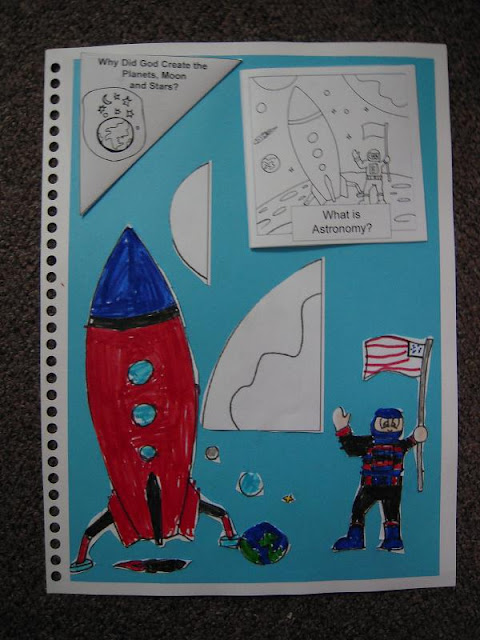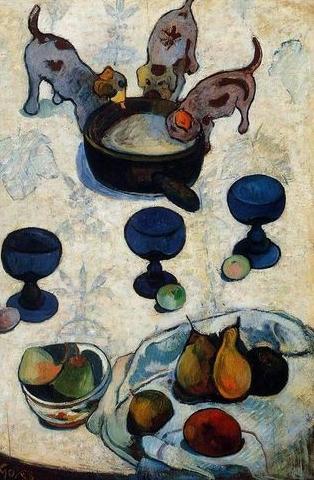I have often marveled at teachers like Charlotte Mason who held high standards, asked a lot of their students and yet seemed to get the students to do it…..happily. I believe in a high bar when it comes to education because I believe that people naturally will rise to what is expected of them. Shoot high and you may even get there, shoot low, you get low. So in shooting high I have discovered that my children do not naturally like to push themselves, they often don’t seem to want to shoot high with me. While reading the Teacher I discovered a really cool, really small and yet powerful change I can make in how I teach which has proved to be the missing link for us in our home education to reach the high bar with happy willing students at least most of the time.
“Never underrate the difficulties which your pupils will have to encounter, or try to persuade them that what you assign is easy.” -Jacob Abbott
“Easy work is dull work”- Jacob Abbott
These quotes were new thoughts to me. I always went about each of my lesson assuring my boys that all I assigned they can do and that it would be easy if they did blah blah blah. I would say something like this:
“ Ok guys, today we are going to copy this map of Egypt onto this larger paper. I want you to note the shapes of the seas, the bends in the Nile as it flows north. After you have drawn the lines in pencil I’ll give you more instructions. It is a simple drawing, I know you can do it and I am sure you will all do well.” As they began and ran into difficulties there was often a lot of discouragement and whining complaints of I can’t etc. I was baffled.
With words like this “a simple drawing”, said to my boys it should be easy, but it wasn’t. By trying to say words like this I thought I was reassuring them, letting them know I thought they could do it. But when they had difficulties it made them look bad, and they felt as if they were letting me down. My boys would often become disheartened and sluggish in their attempts to do what I assigned when I spoke this way about my assignments. As a teacher I can feel their discouragement and I would be at a loss as to how to rectify what I had just crushed not even realizing how I had done it. I know that they can draw this map, but I also know that it is challenging them. I have given them a difficult task. So I have learned instead to introduce my lessons this way, using different words and approaching the lesson from a brand new angle They are not dishearten but leap at the new challenge with real enthusiasum.
“Ok guys, today we are going to copy this map of Egypt. It is a difficult map to copy and I am not sure if you will be able to do it. I think it may be too hard. But I suspect if we try we may get close. Shall we give it a go? I want you to copy the shape of the sea and the bends in the Nile just as they are represented here on our map. Let me know if you need help as you begin and get into the drawing.”
When I approach my lessons this way immediately their eyes brightened. They now had a difficulty we all knew was difficult. We were on the same page ready together to see if it could be done. Now what thrills the heart of little men most is knowing they can do it. Each day I give them things "I am not sure they can do” ( in reality I know they can do these things but they don’t know they can do them...yet) and they love to prove me wrong and show me (themselves) they can do it. And I love letting them. I am also there ready to help and they feel better about asking for help because they believe they are impressing me and showing me how good they are doing. Me being impressed and ready to help them overcome the difficulties puts us all on the same team feeling valued and triumphing through astronomy, math, reading etc together.
“It is astonishing how great an influence may be exerted over a child by his simply knowing that his efforts are observed and appreciated.”-Jacob Abbott
Here is another example from the Teacher;
“You pass a boy in the street carrying a heavy load in a barrow; now simply stop to look at him, with a countenance that says, “That is a heavy load; I should not think that boy could wheel it.” And how quick will your look give fresh strength and vigor to his efforts. On the other hand, when, in such a case, a boy is faltering under his load, try the effect of telling him, “why, that is not a heavy; you can wheel it easily enough; trundle along.” The poor boy will drop his load , disheartened and discouraged, and sit down upon it in despair."-Jacob Abbott
I wonder how often I say such things to my boys not realizing the paralyzing effect my words have upon them. And I also wonder how easily my little scholars may jump at challenges if I express my appreciation and marvel at their hard work instead of sighing with their struggles and their frustrations jumping to save them instead of helping them to overcome.
“Even if the work you are assigning to a class is easy, do not tell them so unless you wish to destroy all their spirit and interest in doing it; and if you wish to excite their spirit and interest, make your work difficult, and let them see that you know it is so; not so difficult to tax their powers too heavily, but enough so to require a vigorous and persevering effort. Let them distinctly understand, too, that you know it is difficult , that you mean to make it so, but that they have your sympathy and encouragement in the efforts which is calls them to make”-Jacob Abbott
Happy triumphing!
I can do all things through Christ who gives me strength.
I am, I can, I ought and I will


















































